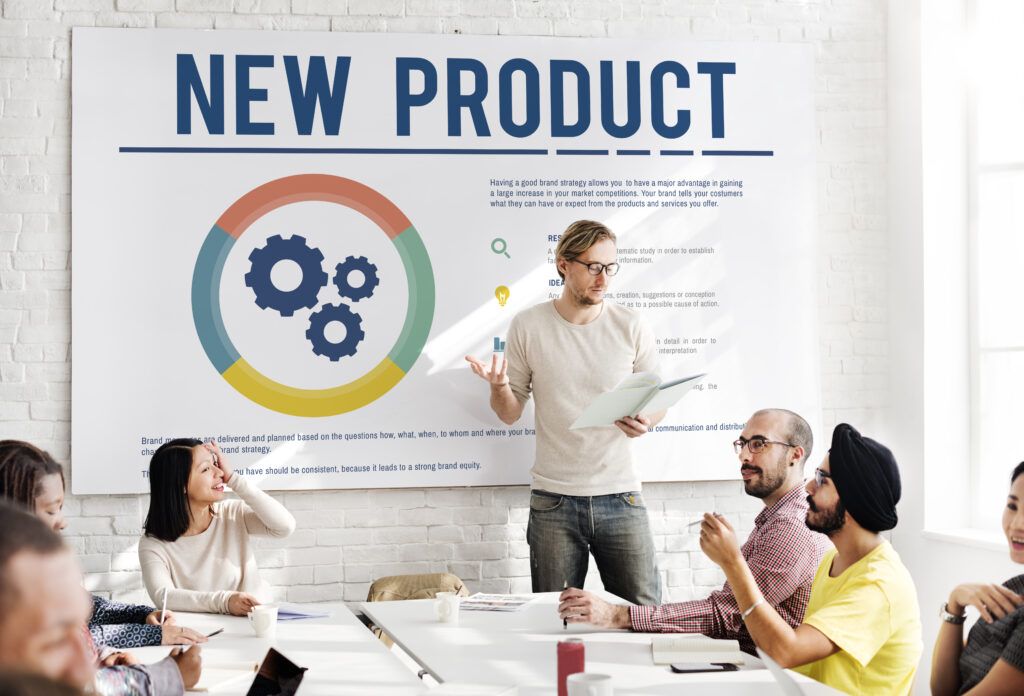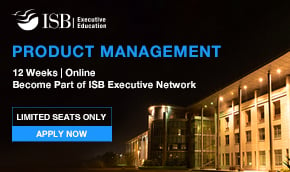What is Minimum Viable Product in Product Management

MVP, abbreviated for Minimum Viable Product, is an excellent product that comes with sufficient features to appeal to trendsetting or early-adopting customers.
Besides that, it allows the seamless validation of a product idea way before during the product development cycle. In the software sector, the MVP assists the product team to gather customer feedback as fast as possible to recap and enhance the product.
As the agile methodology is designed on verifying and reprising products depending on the user input, the MVP product management definition plays a crucial role in the iterative software development process.
What is the Purpose of Building MVPs?
The major purpose of creating MVPs is to constantly reduce efforts and time that is otherwise wasted by evaluating how the industry acts on the idea of creating the whole product. The MVP meaning is crucial to understand for every product manager as it assists them in:
- Reducing time to promote for latest feature launches.
- Testing and evaluating the market or product fit before creating a fully programmed product.
- Validating product idea speculation with real-time, real-life data.
- Providing value to your product’s early-adopting customers rapidly. When it comes to the delivery of the greatest value to your initial customers, the shortest path is the MVP. Plus, it produces learning for you simultaneously.
- Acquiring feasible data on customer behaviour to revamp the subsequent product initiatives and market tactics. MVPs could be utilized as a prominent segment in your product management definition process to assist you in implementing data-driven decisions.
- Establishing a pre-launch customer base while eliminating waste to save time and money.
Examples of MVPs from Top Companies
In this section, you’ll explore some of the most popular MVP examples of products that commenced as MVPs (minimum viable products) in the tech sector and subsequently grew into completely scaled products.
Dropbox
When it comes to MVP examples of top companies, Dropbox stands out first on the list. Dropbox’s CEO – Drew Houston – first faced several challenges to get an investment fund.
It became challenging for the company to showcase its product and its importance in the market without a properly functioning application until Houston devised the idea of building a minimum viable product in a video format.
In the three-minute-long video, Houston depicted the simple features and functioning of the application. After the video was posted on the internet, Houston said that the waiting list for their application’s beta version surged from 5000 to 75000 overnight.
This approved and accredited the market requirement and convinced the investors that the requisite resources to introduce this product to the market are worthwhile.
Uber
One of the best MVP examples of top companies includes Uber. The MVP meaning has turned out to be highly beneficial for this company.
Travis Kalanick and Garrett Kamp came up with the idea to merge drivers interested in taking passengers with individuals who needed a ride.
They chose not to design an app involving intricate features and an algorithm that pairs a passenger with a driver. Instead, they launched a simple and seamless version of today’s Uber – UberCab.
Thanks to a minimum viable product, the company gradually scaled across the world with new and advanced features.
Step-By-Step Process of Building MVP
Step 1: Commence Operations With In-Depth Market Research
You may notice that sometimes the product ideas won’t fit your marketing needs. Before a company originates an idea and gets started with the MVP development procedures, it must ensure fulfilling the needs of the target audience.
Step 2: Emphasize Value Addition
To define your application’s value proposition, you must get answers to questions like:
- The value offered by your new product
- How will the product benefit users
- The reasons why users should buy the product
Step 3: Mapping Out The User Flow
One of the most crucial MVP definition phases is the designing process. Thus, it’s vital to design an application that ensures optimal convenience to the users. Map out and define the user flow to ensure nothing gets missed in the designing phase.
Step 4: Prioritizing The Features of MVP
During this phase, focus on every feature that the Minimum Viable Product (MVP) will provide or support. To do so, ask questions like: What is the demand of the users? Is there something beneficial to using the product? Subsequently, build an MVP prototype.
Step 5: Launching The MVP
Once your company determines the primary features and understands the market demands, it becomes ready to build the MVP. Make sure it is engaging, simple, and ideal for the users.
Step 6: Build, Measure & Comprehend
The preliminary step is defining the work scope and subsequently moving the product to its development phase. Then, it is crucial to test the product. The QA specialists will test and ensure enhancing the product’s overall quality. Once the MVP is launched, check everything once again. Get feedback from customers upon the release.
Product Management Courses from Emeritus India
If you’re scouring the internet to find the best product management courses in India, you won’t have to look any further. Emeritus India introduces some of India’s most engaging, fun, and beneficial product management courses from many of the world’s most reputed and popular educational institutions.
Our courses are designed to shape your career as a product manager by helping you develop knowledge, expertise, and advanced skills in building MVPs (Minimum Viable Products) and data-driven marketing strategies in 2023.
The product management courses in India from the house of Emeritus India will help you familiarize yourself with all the terms, trends, and insights of the product management sector. We also help you focus on multiple case studies to demonstrate how product management functions in the real world.
Conclusion
The MVP meaning has emerged as a widely recognized concept by several product teams. Customers always seek and expect to be treated sophisticatedly and delightedly from the beginning.
Although opting for an MVP is an excellent approach for product teams, they must know that only designing a lovable and attractive product can drive better outcomes.
FAQs
What are the 3 elements of MVP?
The three main characteristics of a Minimum Viable Product are as follows:
- It contains a sufficient value such that individuals are interested in using or buying it in the first place.
- It has sufficient futuristic advantages to retain customers that show interest in the early stage.
- It assists in guiding future development by delivering a feedback loop.
What is the benefit of MVP in product management for investment?
With a minimal investment of both money and time, you can minimize the vulnerability of business failures. Plus, MVP with low investments helps product teams to learn, scale, and adapt during the development phase.
What are the two types of MVPs in product management?
High fidelity and low fidelity MVP are two types of Minimum Viable Products (MVP) in product management.
Why should I build an MVP?
The primary reason why you should build a Minimum Viable Product (MVP) is to create a full-fledged product that ensures quick, instant value while reducing costs.











